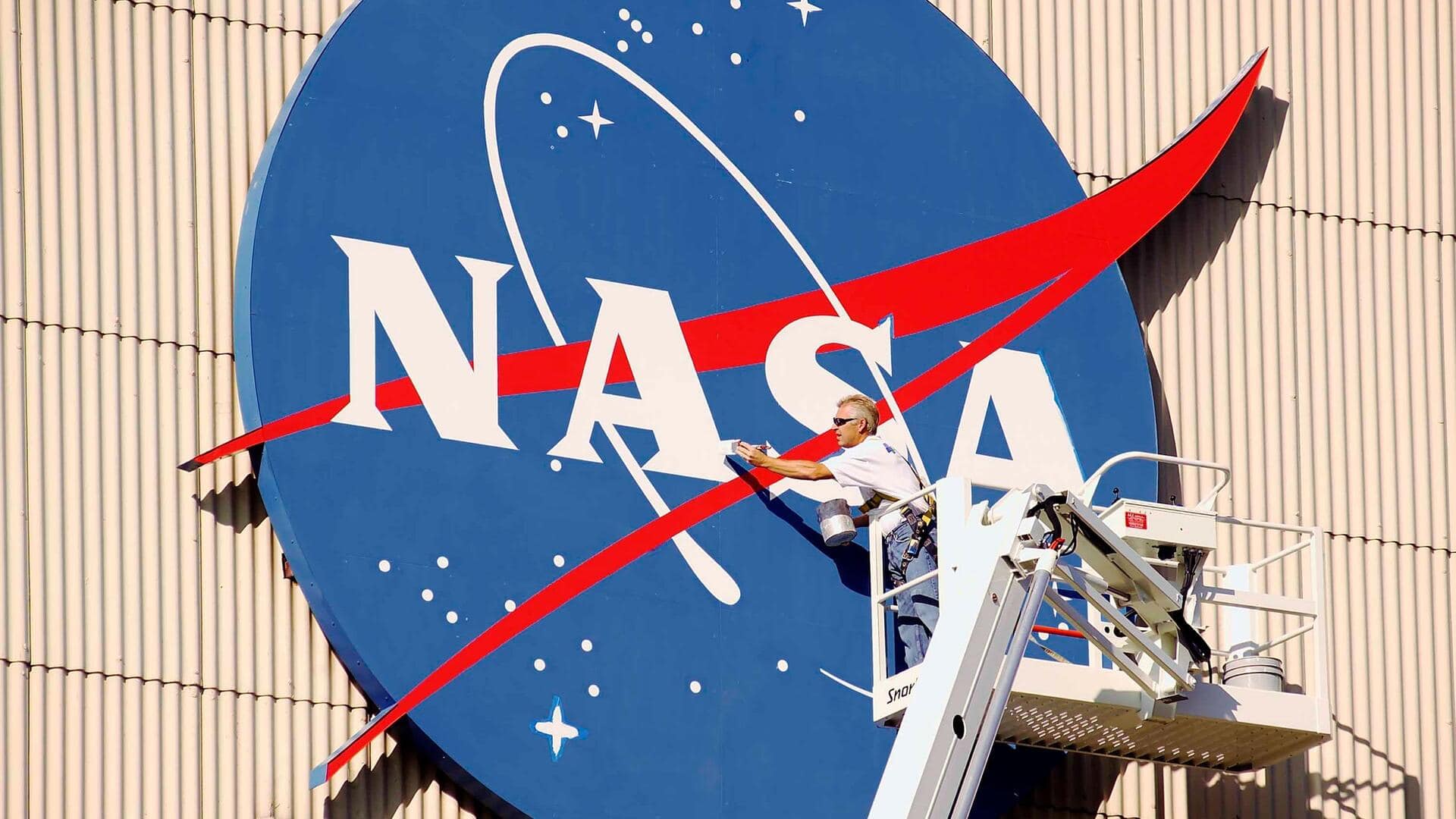
What NASA's shutdown means for its space operations, research
What's the story
NASA has temporarily suspended most of its operations due to a deadlock in US government funding. The agency's official website now reads "closed" until further notice. This comes as the US entered a government shutdown on October 1, after Congress failed to pass a budget or temporary funding measure. The first such shutdown in nearly six years has resulted in thousands of federal workers being furloughed across various agencies, including NASA.
Ongoing tasks
Critical operations continue on skeleton crew
Despite the suspension of most projects, some critical operations are still being carried out by a skeleton crew. These include monitoring astronauts aboard the International Space Station (ISS), safeguarding spacecraft currently operating across the solar system, and planetary defense activities such as asteroid tracking. However, all other work has been halted for now.
Impact assessment
Impacts on future missions and research
The government shutdown could have far-reaching implications for NASA's programs and future missions. Preparatory work for upcoming launches, such as the Artemis program's next steps toward returning humans to the Moon, may be delayed. Research projects supported by NASA funding have been suspended, affecting scientific studies and university collaborations that depend on the agency's resources. Contractors working with NASA could also face disruptions if prolonged gaps in government funding persist.
Historical context
Lessons from past shutdowns
NASA has faced similar challenges during previous shutdowns in 2013, 2018, and 2019. During these periods, most staff were furloughed and research, educational initiatives, and mission development were temporarily paused. The current situation highlights how political deadlocks in Washington can affect the US space program as well as global scientific collaboration.